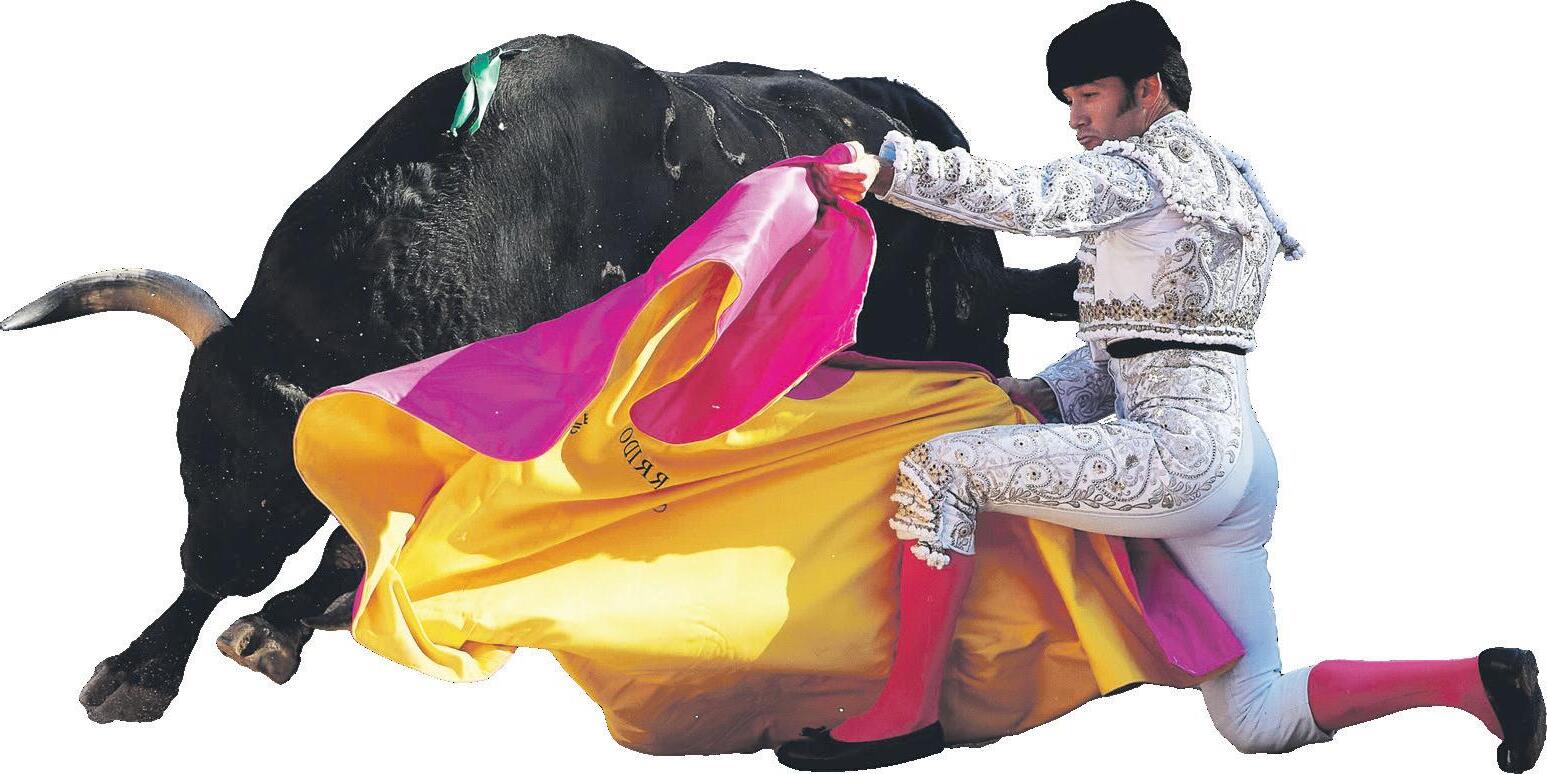
3 minute read
TIME’S UP?
IT’S been a bad few years for bullfighting, that most Spanish of spectacles. Arenas closed for long periods due to the Covid-19 pandemic, several small plazas de toros ceased activity for good, and Spain’s younger generation grew ever more vocal on the subject of animal rights. As the bullfighting season gets under way, is it fair to say that the future looks uncertain for the sport?
In the Spanish government’s last survey of cultural practices, published in 2019, just 8% of the population had attended an encierro (or running of the bulls) or a bullfight within the previous year.
But though interest in small local events seems to be dwindling, an opportunity to see the great stars of bullfighting live in the ring still generates plenty of excitement. Tickets to see famed matador Jose Tomas (below right) in Alicante recently sold out in half an hour, with resale tickets reaching prices of over €1,000.
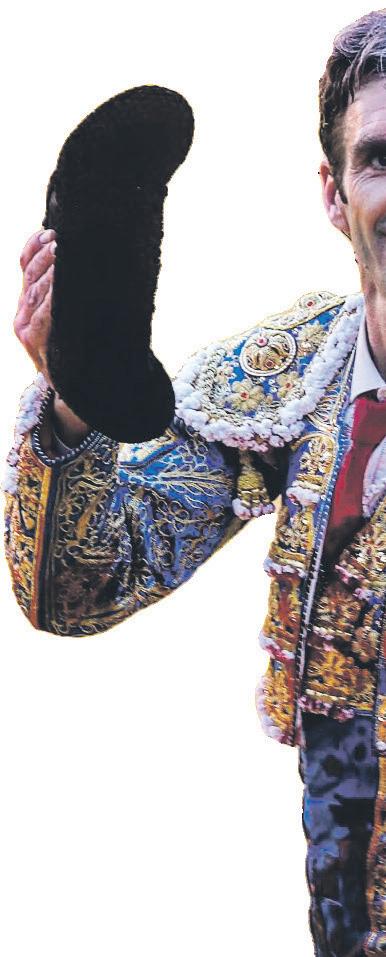
Some involved in the sport agree that bullfighting has to change from its current form in order to survive the decades to come. The potential for it to adapt and develop is limited by the fact bullfighting is the focus of a major culture war issue in Spain, polarising both sides and leaving little room for discussion.
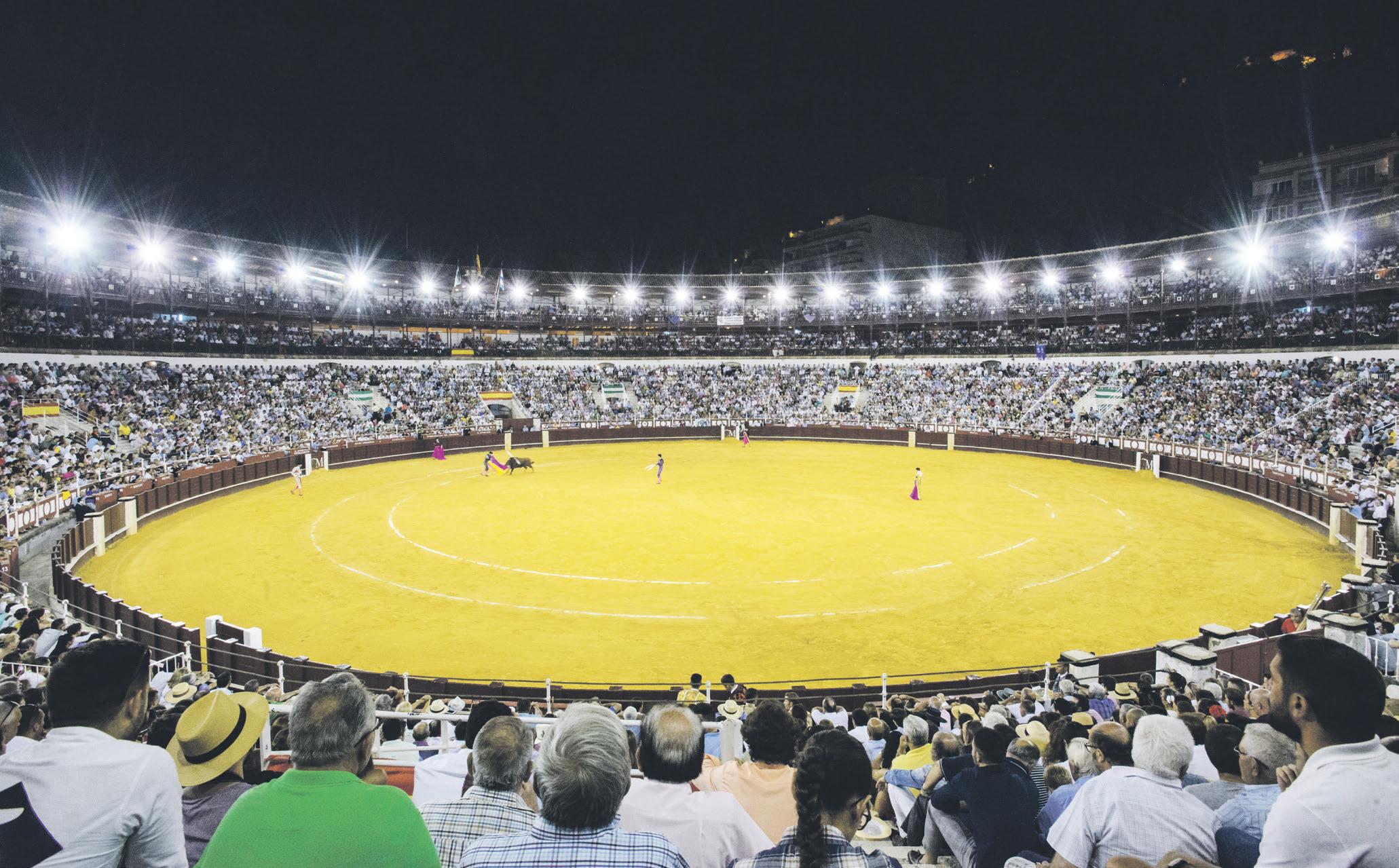
For many, the debate is about how they see themselves: traditional Spanish or modern European.
Far right party Vox has used bullfighting as a political tool, making the protection of cultural activity part of its political message. Meanwhile the government has shown reluctance in pushing for prohibition, while at the same time not actively promoting it.
Notably, bullfighting was not initially included among the options when €400 culture passes were given vouchers can be used for corridas after all, following an appeal by the Fundacion del Toro de Lidia.
It has also become a political football for separatist regions: Catalunya banned bullfighting, but the Spanish Constitutional Court declared the move illegal.
Taliban
Showing the distance between the two sides, in an open letter, the President of the Fighting Bulls Association, Victorino Martin, compared the Mayor of Gijon, Ana Gonzalez, to the Taliban due to her position on toros

The political element of the debate at times overshadows the issue of animal rights. Some of those who defend the fact that bulls are killed in fights, point out that Spain’s meat industry kills vast volumes of animals daily for a population with the highest meat consumption in Europe. The sticky issue is cruelty. If bullfighting is to survive the 21st century, the obvious route would be to reduce the pain inflicted on the animals, but hardline supporters of the mise in order to keep their passion alive.
Simon Hunter simon@theolivepress.es
Alex Trelinski alex@theolivepress.es
Cristina Hodgson cristina@theolivepress.es

Walter Finch walter@theolivepress.es
OFFICE MANAGER Héctor Santaella (+34) 658 750 424 accounts@ theolivepress.es
DISTRIBUTION ENQUIRIES (+34) 951 273 575 distribution@ theolivepress.es
NEWSDESK: 0034 951 273 575
For all sales and advertising enquiries please contact 951 27 35 75
HEAD OFFICE
Carretera Nacional 340, km 144.5, Calle Espinosa 1, Edificio cc El Duque, planta primera, 29692, Sabinillas, Manilva
Mallorca tried to ban corridas in which bulls would suffer, but the Spanish Constitutional Court, rejected the motion, ruling: “Such a degree of divergence from the traditional use makes it impossible to recognise the core characteristics of the bullfight that the State has protected”. the total anti-bullfighting narrative now commonplace among young people. Zumbiehl did suggest making changes to traditional fights, but not to minimise animal cruelty.
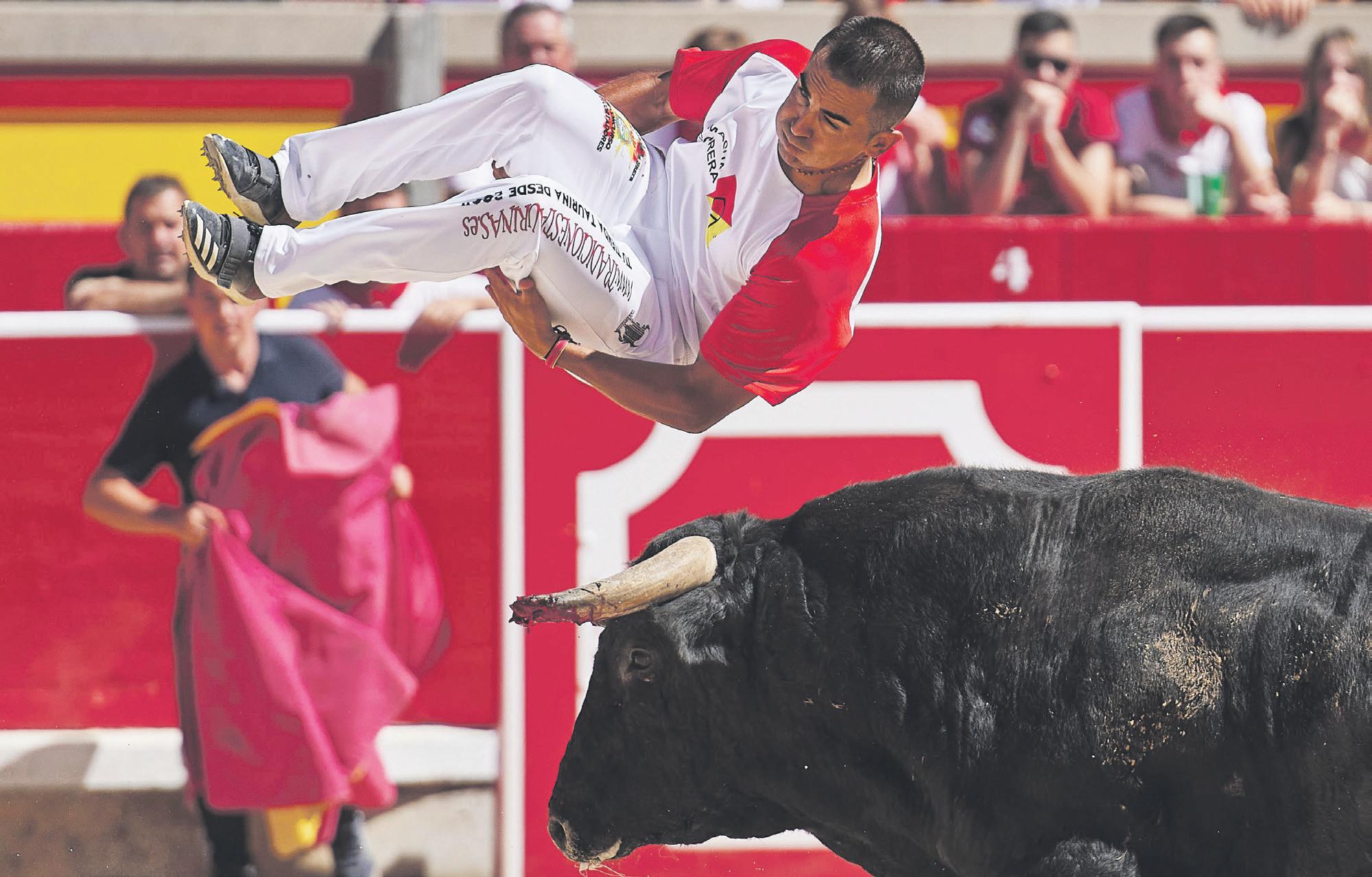
If events in which the animals, spectacle and pageantry cannot be enjoyed without cruelty to animals and bulls being killed, the bullfighting industry is likely to struggle for survival.
Big toros supporters who do not want to see the tradition modernised say it’s the business model of the industry that should evolve, rather than the practice itself.
As bullfighting relies heavily on public money and contributions, one option would be to move to a more commercialised system supported by the box office sales.
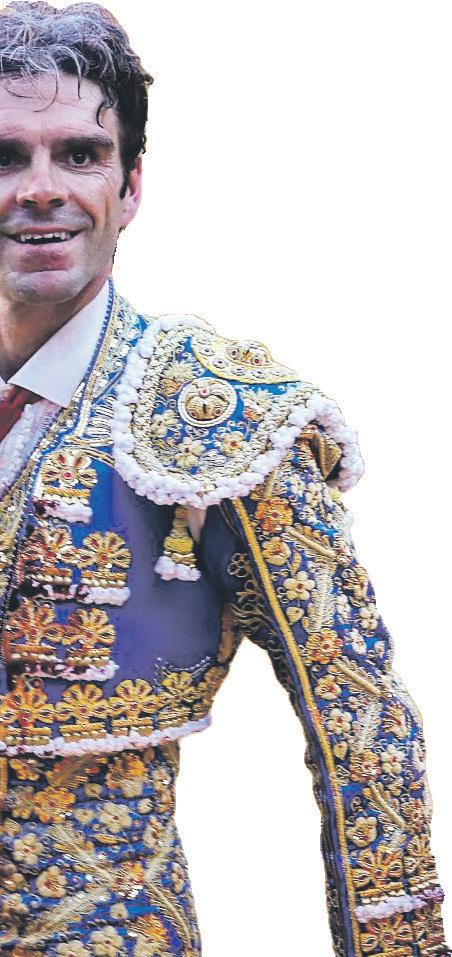
Rather, he would make it more exciting for the audience by speeding up the event, eliminating break times, ‘making it less predictable’.
For those who want to protect the tradition, better organisation is needed. Groups coordinate and present a unified message to defend bullfighting.

However, it will take a lot of campaigning to change the minds of a younger generation which is largely opposed.
Charges
Without making changes to traditional bullfighting so that animals are not killed and the fights are less bloody, it is hard to imagine crowds of thousands continuing to fill bullrings for much longer.
Send your views to newsdesk@ theolivepress.es









